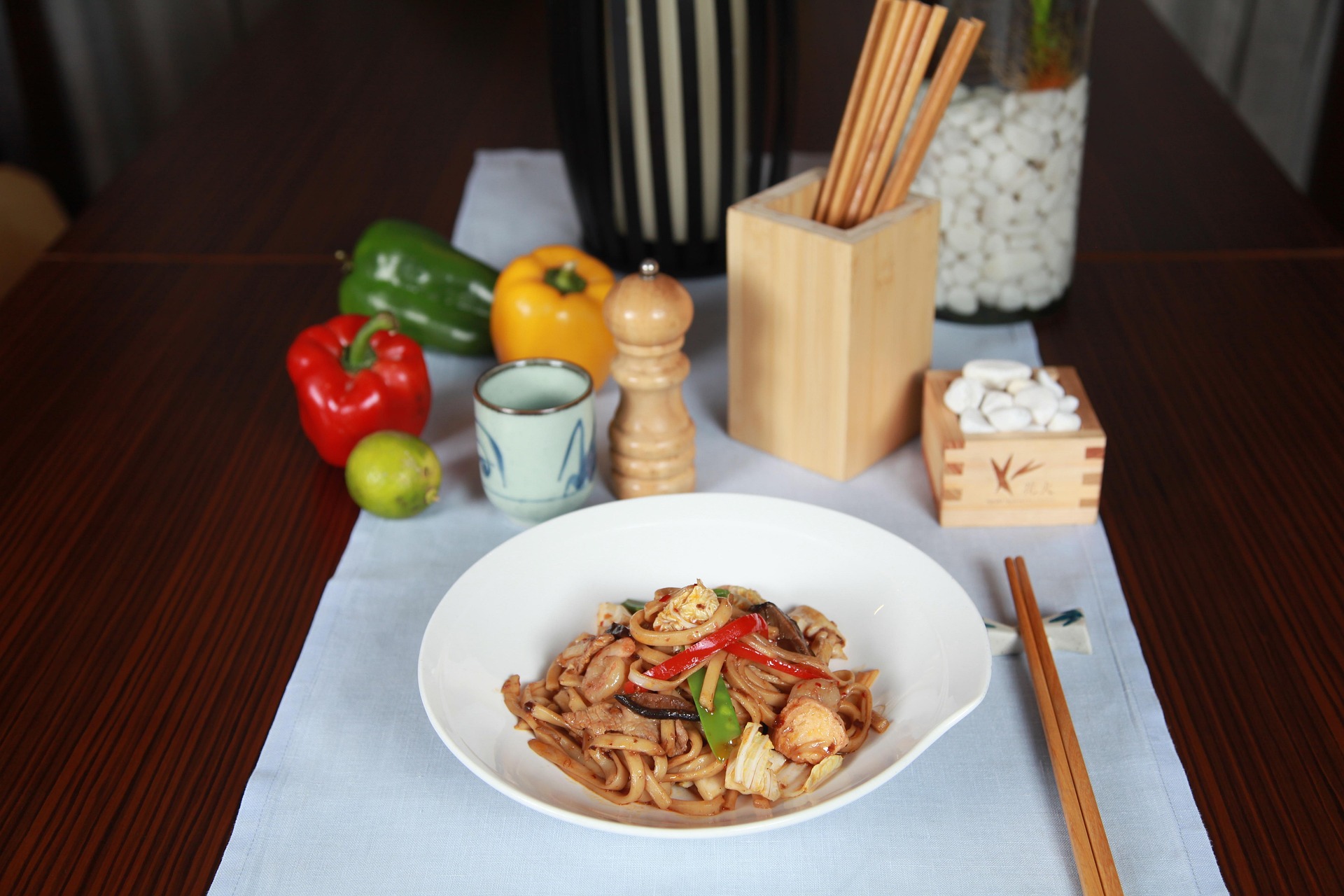Experiencing the Flavor Fiesta of Filipino Cuisine
Have you ever embarked on a gastronomical journey to Southeast Asia? If not, it's high time you did! Let's dive into the rich culinary heritage of the Philippines, a land where East meets West, creating an exciting fusion of flavors that will leave your taste buds enthralled.

A Taste of History
Filipino cuisine, often underrated, is an amalgamation of different culinary traditions. Rooted in the country’s rich history, the dishes reflect influences from Spanish, Chinese, Malay, Indian, and even American cuisines. The food is as diverse as the country’s 7,000 islands, with each region offering a unique gustatory experience.
An Array of Ingredients
At the heart of Filipino cuisine are its fresh, vibrant ingredients. The country’s tropical climate allows for the growth of a variety of fruits, vegetables, and spices. Seafood is also a staple, thanks to the country’s extensive coastline. From the tangy tamarind to the sweet mango, and the versatile coconut to the ubiquitous rice, the flavors are as complex as they are delicious.
Feast on Popular Dishes
The Filipino dining table is a showcase of the country’s gastronomic diversity. Adobo, the national dish, illustrates the Spanish influence, while Pancit, a noodle dish, is a nod to Chinese cuisine. Lechon, or whole roasted pig, is a fiesta favorite, while Halo-Halo, a dessert made of shaved ice, milk, and various toppings, is a refreshing treat.
The Street Food Culture
No gastronomic exploration of the Philippines would be complete without indulging in its vibrant street food culture. From skewered meats known as barbecue, to balut, a fertilized duck egg, and the sweet and chewy kakanin, there is a street food for every palate. It’s a culinary adventure that goes beyond the traditional dining experience.
The Future of Filipino Cuisine
Filipino cuisine is now gaining global recognition, with more restaurants around the world showcasing the country’s culinary treasures. Its emphasis on community and sharing resonates with the current ‘food as experience’ trend. As more people discover the delights of Filipino food, it is poised to become the next big thing in global gastronomy.
- Adobo, from the Spanish ‘adobar,’ means marinate. The dish involves marinating meat in vinegar, soy sauce, and spices.
- Halo-Halo, meaning ‘mix-mix,’ is a dessert that encourages diners to mix all the ingredients together before eating.
- The Philippines is one of the largest coconut producers in the world. Coconut milk is a common ingredient in many dishes.
In conclusion, Filipino cuisine, with its rich flavors and diverse influences, offers a unique culinary experience. It’s a melting pot that mirrors the country’s multicultural heritage and invites diners to partake in its vibrant food culture. So why wait? Embark on this flavorful journey today and discover the wonders of Filipino cuisine.




